Use Cases
Learn how flying Beyond Visual Line of Sight (BVLOS) will impact a wide range of industries and commercial applications.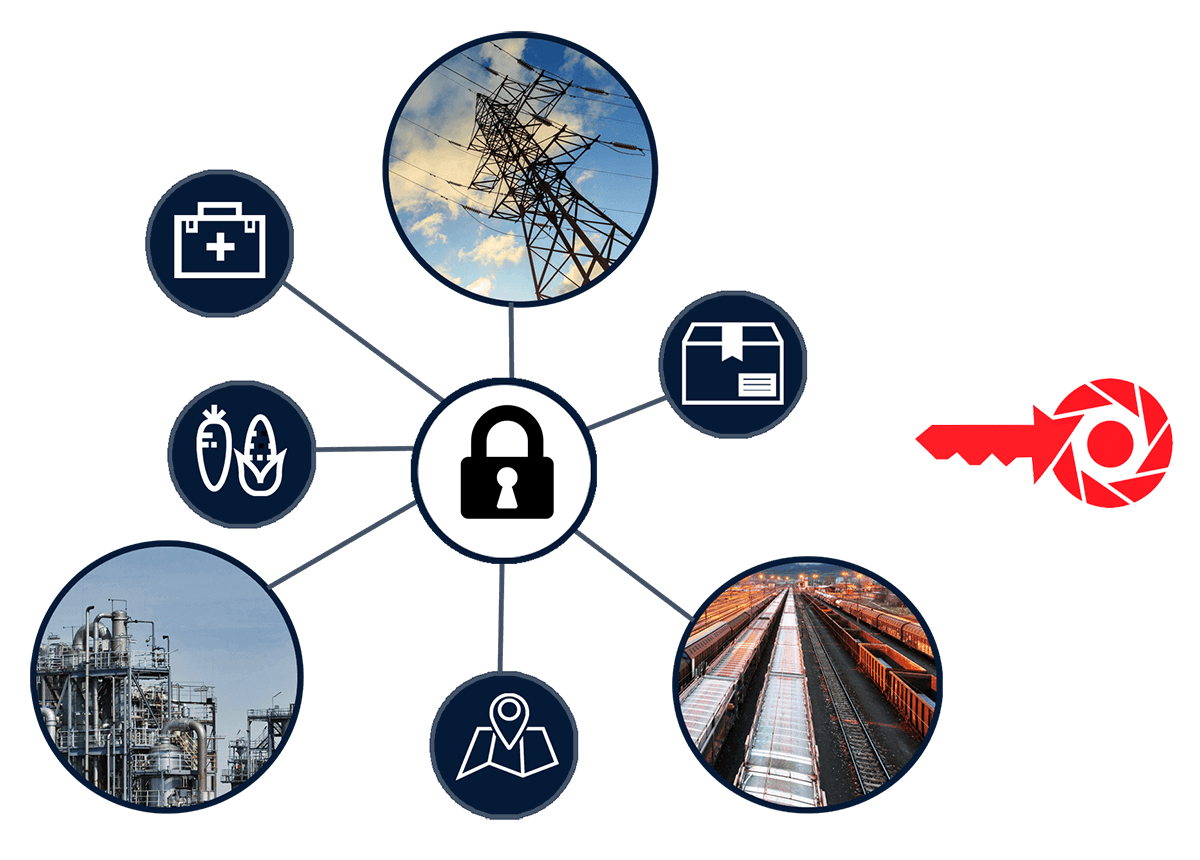
Industries Unlocked
Iris Automation is the key to unlocking the full potential of commercial operations. Enabling drones to fly Beyond Visual Line of Sight helps expand operations across longer distances, increase operational efficiency, and increases safety for workers and the public.

“Keeping bills as low as possible while increasing reliability is our priority. Enabling beyond visual line of sight flights would allow us to fly over more of our infrastructure to understand its condition, which helps save time and money.”
Background
The delivery of electrical power in a safe and efficient manner is the fundamental business model of electrical utility companies. To maintain continuity of power, most elements of electrical delivery including production, transmission and distribution must be periodically inspected. These inspections of high voltage transmission lines have routinely consisted of visual inspections of the towers, lines, substations and the associated right-of-ways. These periodic inspections are executed more frequently where appropriate and following major storm events.
Drone Use Today
Shortly after the FAA approved the commercial use of small drones in late 2014, drones have been employed with great success to replace or reduce periodic transmission line helicopter inspections. These small drones have been employed by existing utility ground teams, or by drone contractors trained to inspect and provide the data necessary for utilities to effectively maintain their transmission infrastructure and associated right-of-ways. Find out more about the work being done in this area in our inspections Case Study.
Currently these drones are operated under visual line of sight (VLOS) modes of operation. As a result, drone crews must reset their base of operations many times a day to conduct inspections of proximate towers over many miles. After a major storm event, surface travel is often impeded, thus preventing drone crews from quickly conducting aerial assessments of storm damage which can lead to delays in restoring power.
Utilities Inspection & Wildfire Prevention industry brief
Beyond Visual Line of Sight
The means to achieve the true potential of these drones to improve public safety and electrical transmission reliability is to be able to operate small drones carrying visual and other sensors Beyond Visual Line of Sight (BVLOS) of the drone operator. The key to unlocking BVLOS is the Iris Automation Casia Detect and Avoid (DAA) technology. The advantages of using Casia to unlock BVLOS operations is obvious:
- Drone crews could set up in a single location and assess tens of miles of transmission lines, saving time and cost per mile towers and lines. Check out our webinar on building an advanced drone operation program.
- Drone teams could quickly fly from substation to substation following a major storm event, and immediately identify where ground crews should execute potentially life saving repairs.
- Right-of-way flights of transmission infrastructure could occur as often as desired minimizing the likelihood of catastrophic fire events.

Background
Pipelines are a large infrastructure component necessary in the transportation of oil and gas to refineries. There is an enormous network of pipelines that stretch long distances across states and in some cases, across countries. They require routine inspections to ensure that the pipeline is not facing danger like metal corrosions, loose welds or external factors like weather. Today a majority of the oil and gas industry rely on manned ground crews or aerial inspections via small airplanes or helicopters to monitor damage.
Drone Use Today
Companies in oil and gas have started to implement the use of drones to reach inspection operations that are difficult to access by manned teams. Drones are limited in their capacity for inspection because of FAA regulations requiring the drone to always be in visual line of sight of the operator. Under this requirement, only sections of a pipeline can be inspected as limited to drone viewpoints.
Beyond Visual Line of Sight
The capability and reliability of drone operations increases exponentially with the ability to fly Beyond Visual Line of Sight. Large perimeters of critical infrastructure across miles can be inspected routinely in manner that is safe for workers and the public. This allows faster detection and response to damage, emergencies, or safety compliance risks. In addition, BVLOS reduces operational costs and removes putting humans in dangerous or hard to access locations. Check out our work with Aerial Production Services on pipeline inspections, as well as our articles on substation inspections, tower inspections, and wind turbine inspections.

Background
Since the earliest days of railroad operations, continuous inspections of tracks, bridges and associated infrastructure has been key to safely deliver passengers and cargo via railroads. These inspections have historically required specialized equipment and were man-power intensive due to the scale of the challenge. A typical railroad company may have over 20,000 miles of tracks across dozens of states with thousands of bridges crossing rivers, valleys and roads. These inspections have had high opportunity costs as bridges and sections of railroad routes are typically closed to rail operations to support these inspections.
Drone Use Today
Shortly after the FAA approved the commercial use of small drones in late 2014, drones conducting visual line of sight operations (VLOS) have been employed with great success to inspect bridges across major choke points like the Ohio River. Engineers have been able to assess sections of bridges that have never been imaged since some to the bridges had been built in over 50-75 years. These VLOS drone inspections were very cost effective because, the inspection could be conducted without stopping rail operations..
Beyond Visual Line of Sight
Bridges are just a single element of a complex rail infrastructure. The FAA’s Pathfinder Program demonstrated that drones flying Beyond Visual Line of Sight (BVLOS) could dramatically expand the potential of drones by inspecting hundreds of miles of rail infrastructure in a single flight. The key to unlocking BVLOS is the Iris Automation Casia Detect and Avoid (DAA) technology. The advantages of using Casia to unlock BVLOS railroad infrastructure inspection operations are obvious:
- Drone crews could set up in a single location and assess hundreds of miles of railroad lines, saving time and minimizing opportunity costs by allowing trains to operate in parallel with inspections.
- Drone teams could quickly fly from node to node following a major event (eg earthquake, wildfire, landslide), and immediately identify where ground crews should be sent to execute repairs to reopen the rail lines.

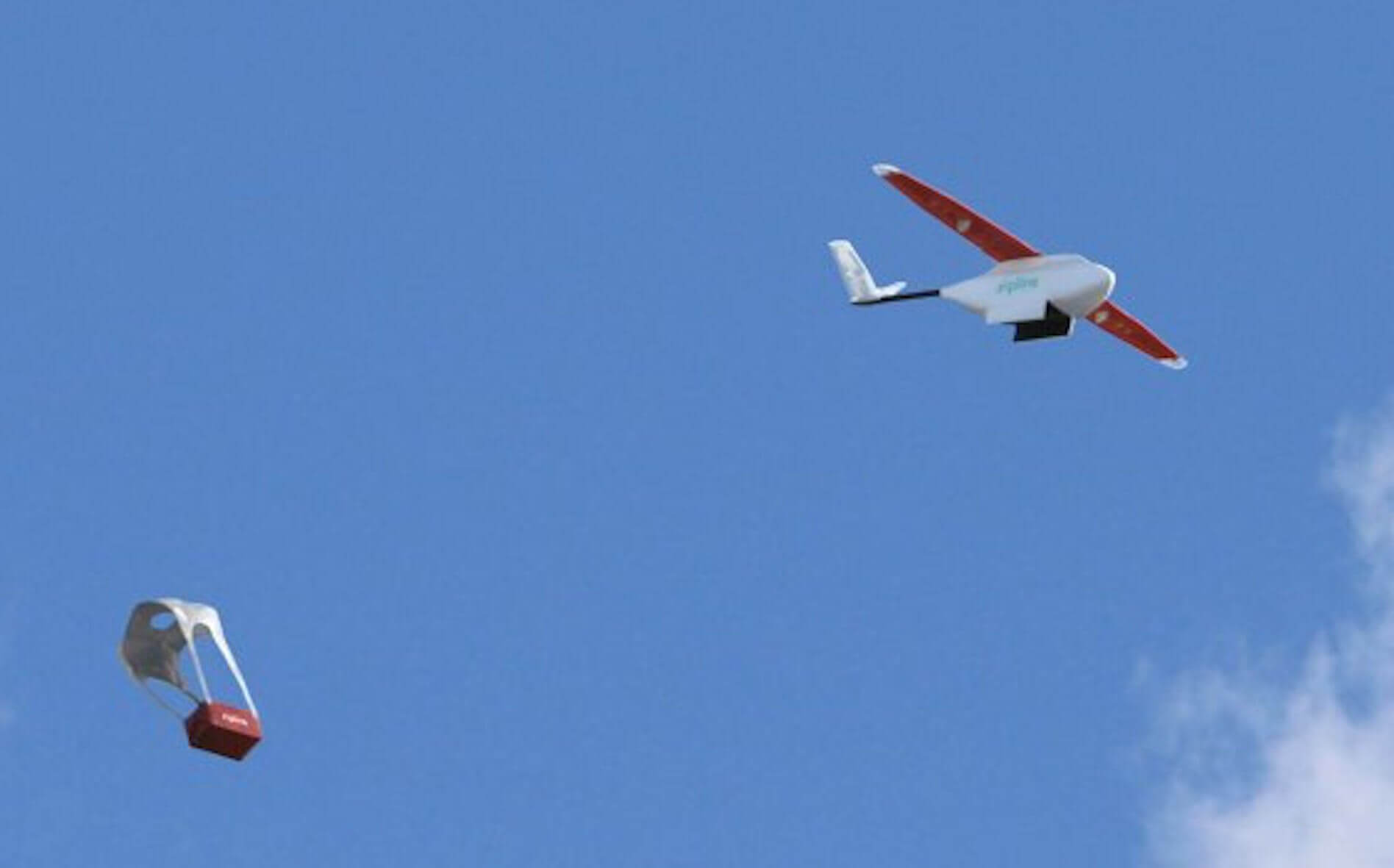
Package Delivery
UASs are being used worldwide to deliver packages to communities big and small. Common payloads include consumer goods, medical supplies (such as blood), food, industrial equipment and mail. Iris is on board doing drone delivery near you!
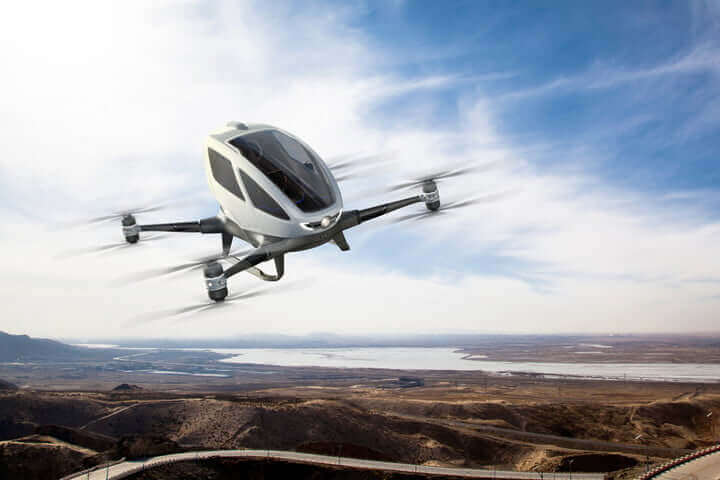
Air Taxi Transportation
Our partnerships with multiple developers of flying “air taxis” are using our computer vision technology to ensure you get from A to B safely within a network of manned and unmanned aircraft. With Iris on board, your personal aircraft is ready for take off!
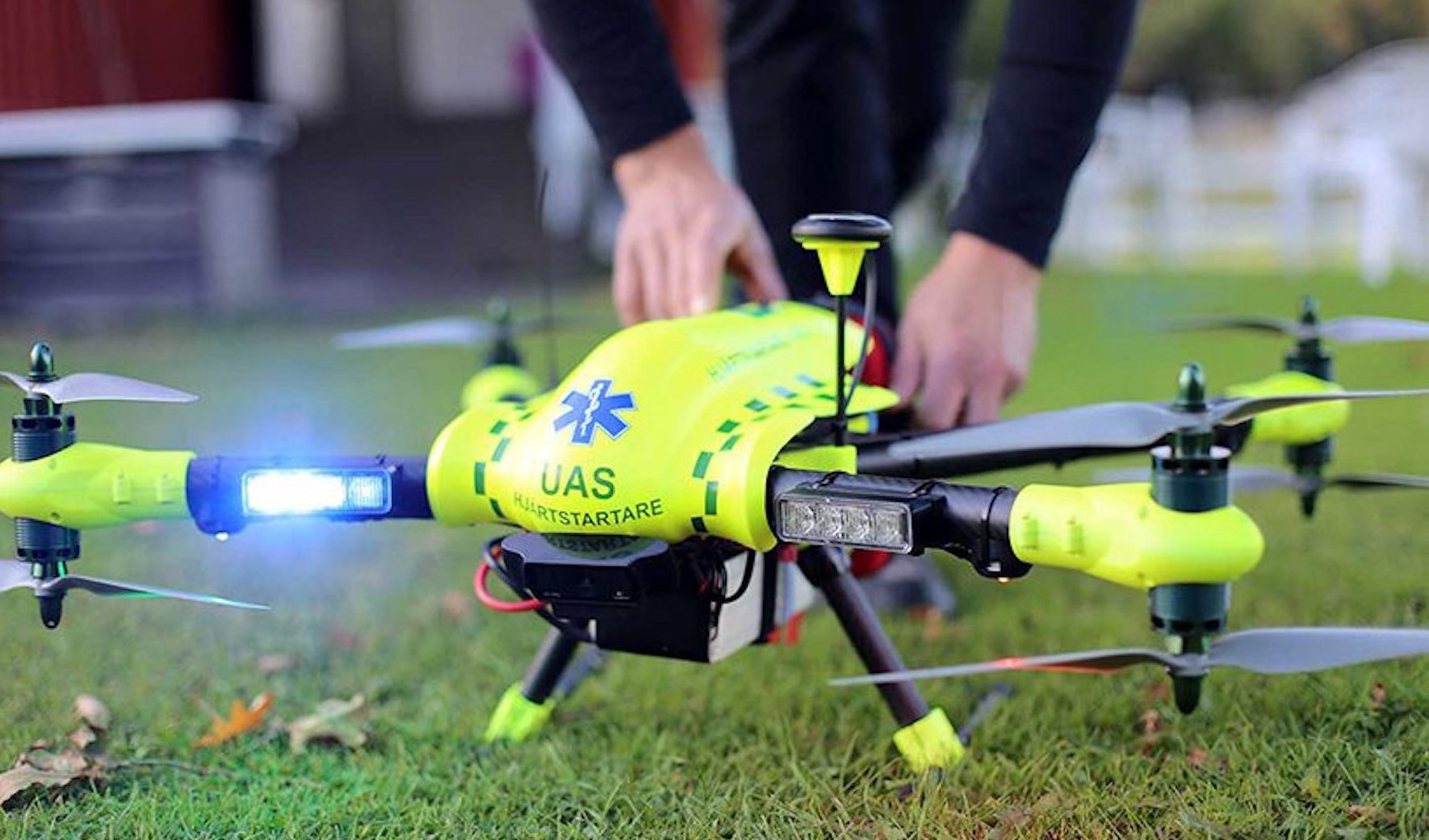
Search and Rescue
One of the greatest applications of drones for good is saving lives. We fly with emergency service personnel in support of missions such as AED delivery and scene assessment. When seconds count and lives are at stake, a UAS is often the best tool for the job. Check out our Search and Rescue project with the City of Reno here and here.
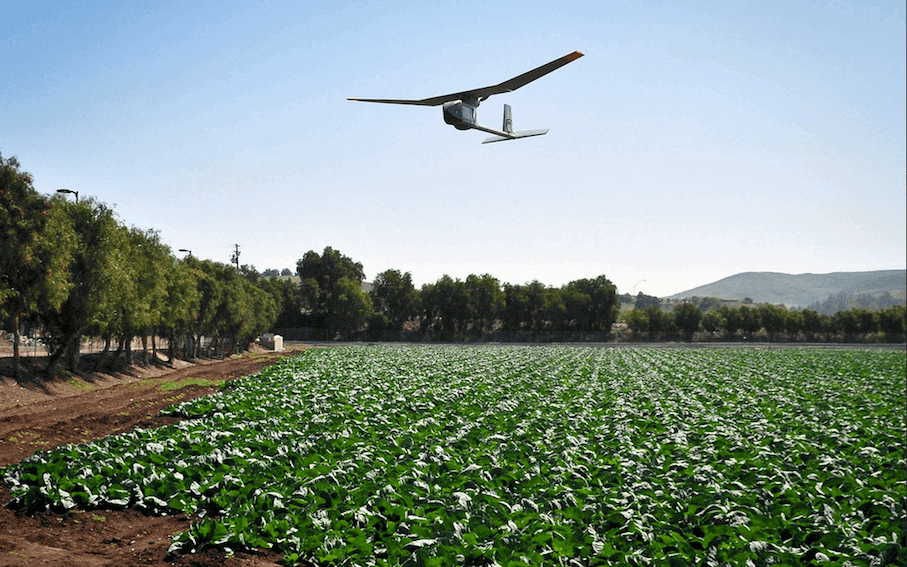
Precision Agriculture
UASs are hard at work in fields to survey crops, plant seeds and control pests. Having Iris on board ensures that drones can interact with other aircraft in a safe and responsible manner. Our vision module is designed to be hardy, ready for a life on the farm.
